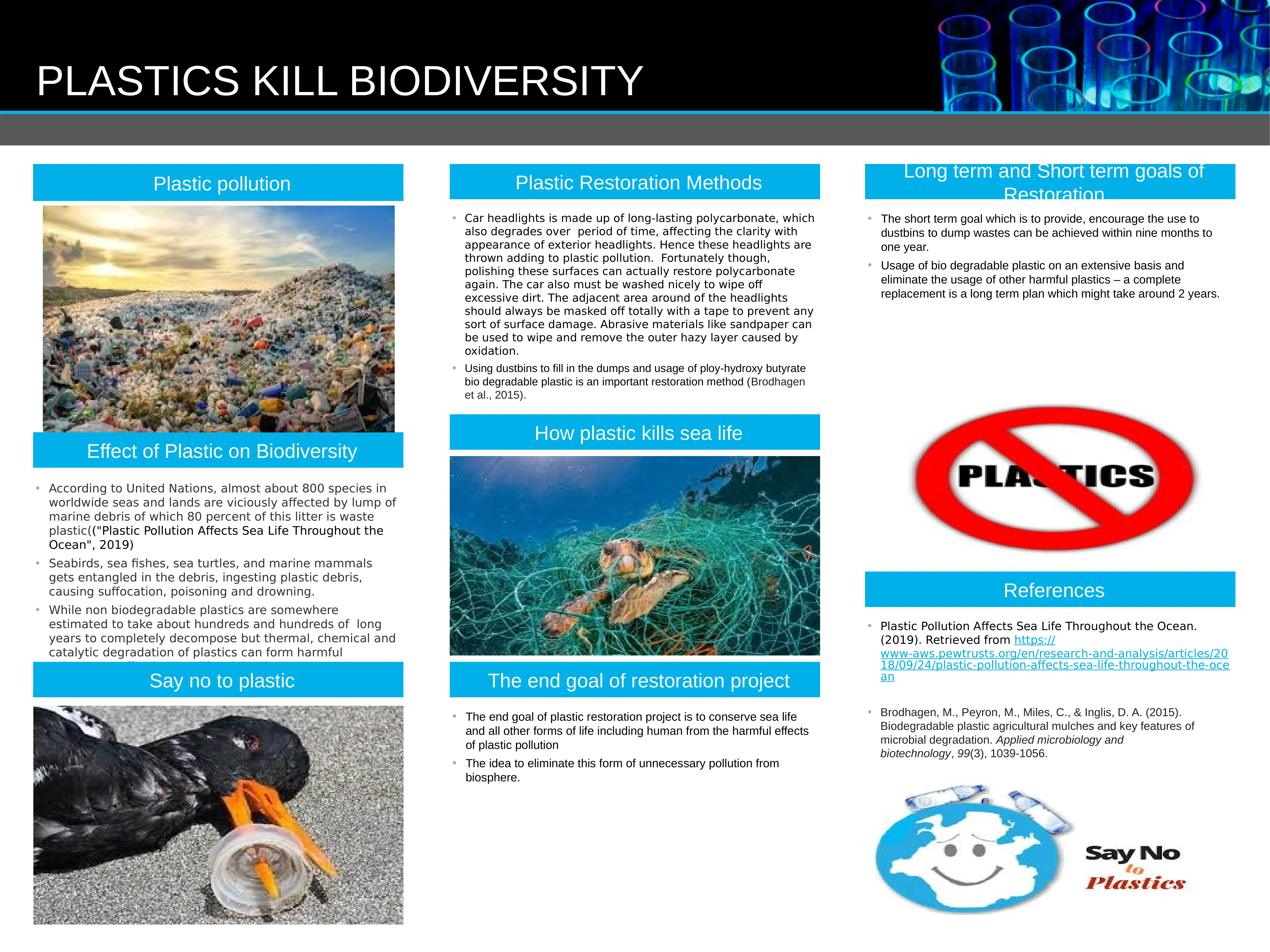Biodiversity Loss: Plastic Pollution, Restoration, and Impacts
VerifiedAdded on 2023/01/19
|1
|458
|38
Report
AI Summary
This report delves into the detrimental effects of plastic pollution on biodiversity, focusing on the impact on marine life and the broader ecosystem. It examines the sources of plastic waste, the ways it harms species, and the potential for restoration through methods like polishing car headlights and using biodegradable plastics. The report highlights the importance of reducing plastic usage and implementing effective waste management strategies, including the use of dustbins, to mitigate pollution. It also discusses both short-term and long-term goals for plastic restoration, emphasizing the need to eliminate harmful plastics and conserve sea life. The report references relevant studies and provides a comprehensive overview of the challenges and potential solutions related to plastic pollution and its impact on biodiversity.


![[object Object]](/_next/static/media/star-bottom.7253800d.svg)